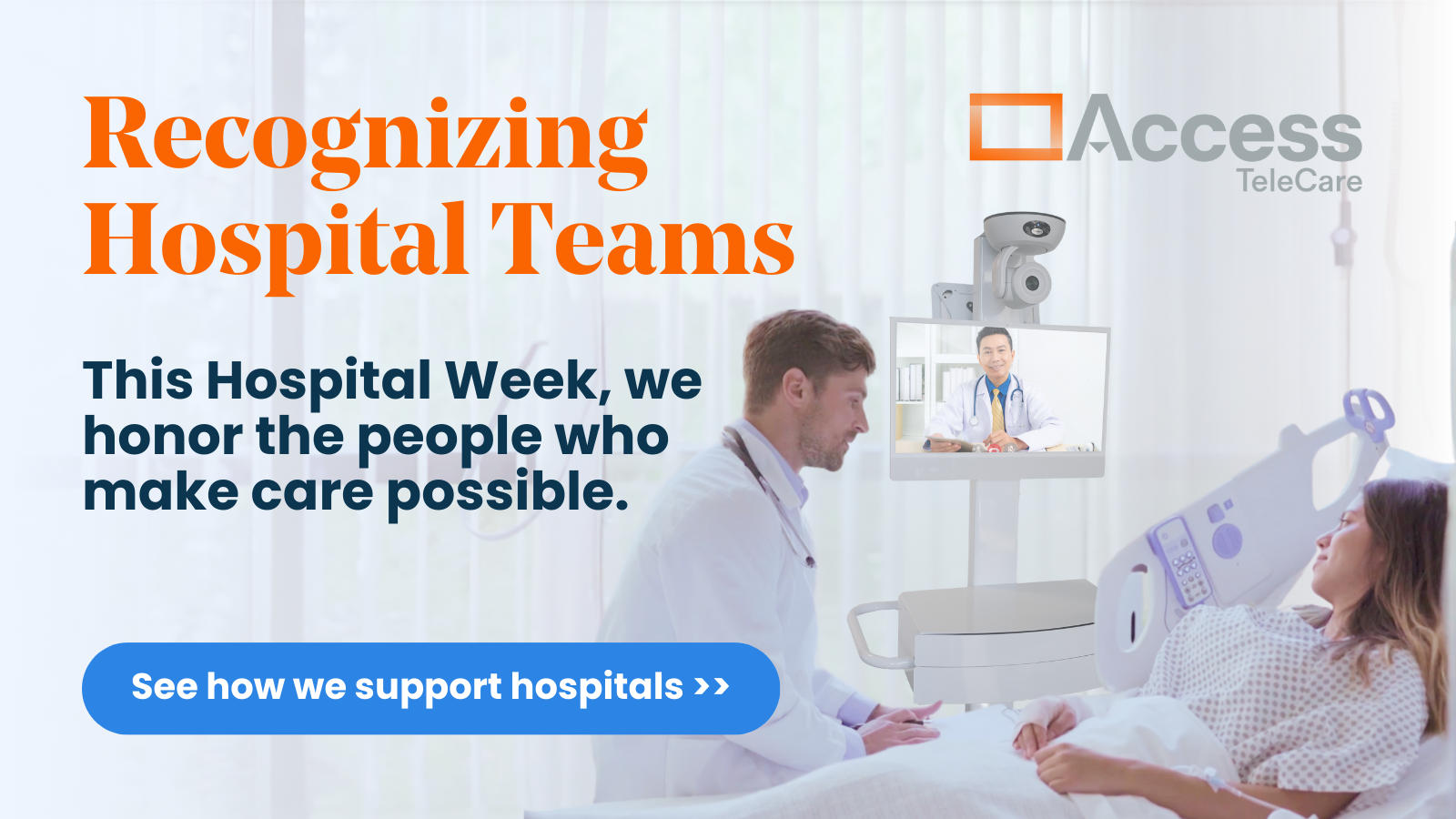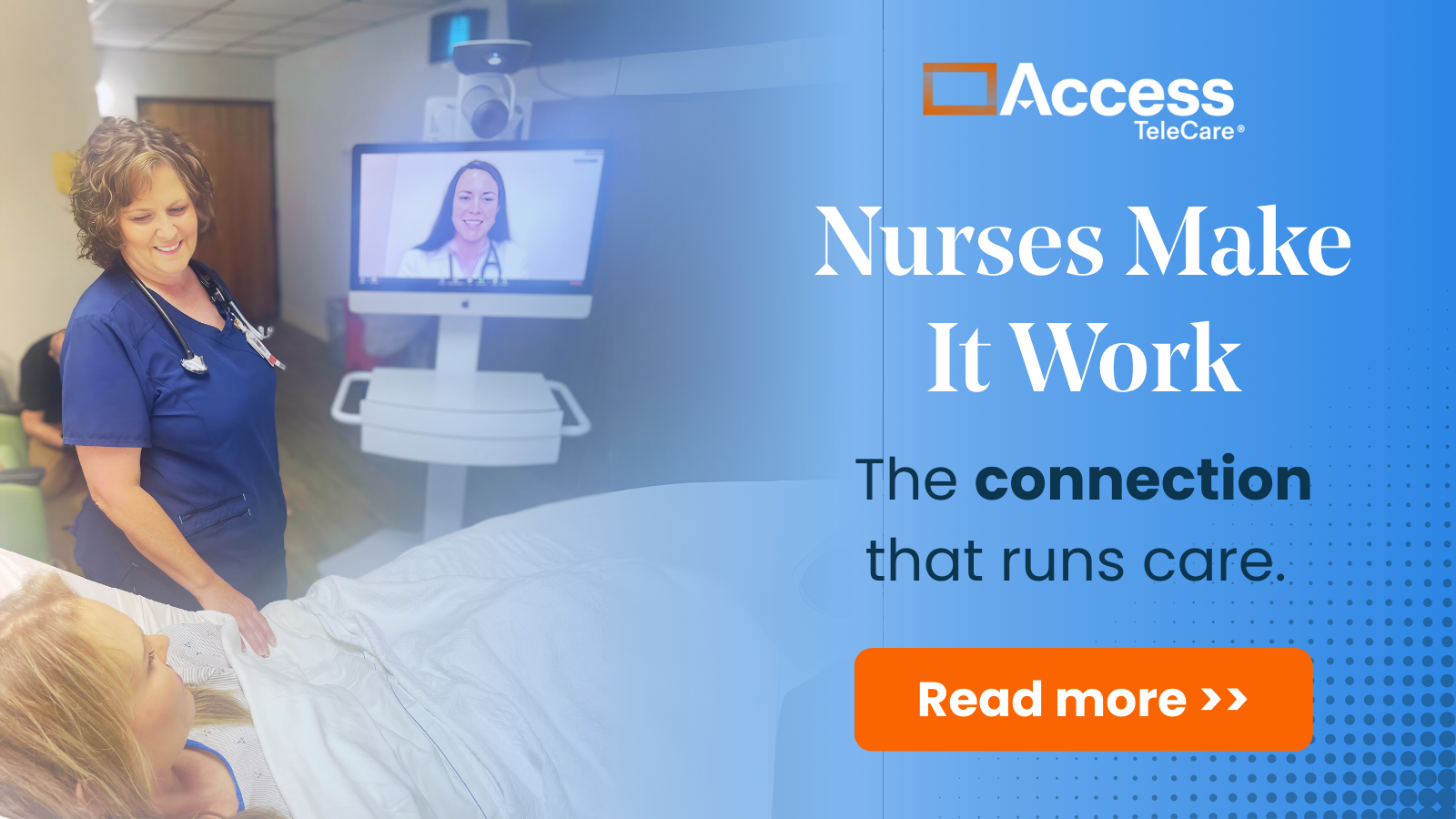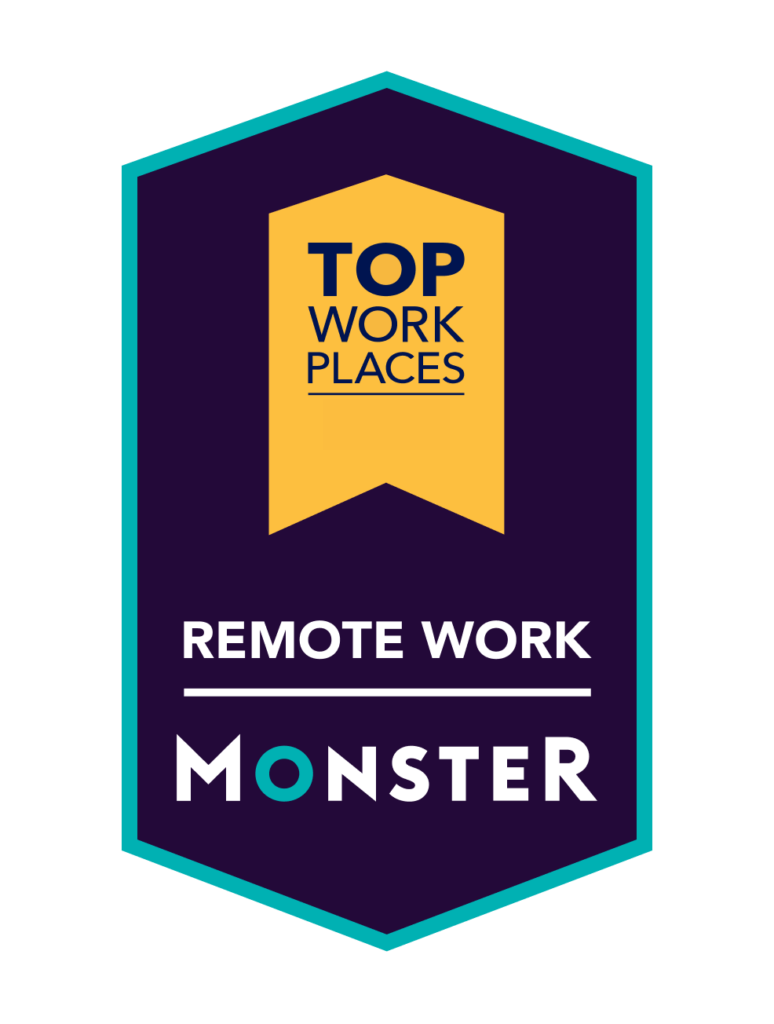Betelle Hailemariam is the Manager of Operations Optimization at Access TeleCare and a Lean Six Sigma Black Belt. After earning her master’s degree in Health Systems Administration from Georgetown University, she has worked to improve processes at several large healthcare organizations, including ours. She explains how she helps Access TeleCare and our clients improve telemedicine workflows using Lean Six Sigma.

What is Lean Six Sigma and How Does It Enhance Telemedicine Workflows?
What is Lean Six Sigma?
It is a methodology to standardize processes, reduce or eliminate defects and wastes, and improve performance. It originated in manufacturing, but other industries have adopted it to streamline work and improve customer service. In healthcare, we use it to improve the patient experience.
How does it work?
It is all about simplifying the complex, breaking down processes into discrete parts, understanding the contingencies and dependencies. The important thing is that it is a collaborative team effort. Lean Six Sigma experts observe an entire process, interview team members on their inputs and outputs for the process, and then work with the team to develop solutions that eliminate single points of failure, duplication, lag time, etc.
A Career Journey in Lean Six Sigma: From Hospitals to Telemedicine
How did you get involved with Lean Six Sigma?
My first job after my Masters was as a Lean Six Sigma (LSS) specialist on a team at Inova Health system. I had two great mentors there who were both senior consultants. We instituted Solutions Boards to engage staff so they would bring up issues and then help us design solutions. At first, I observed their projects, then started leading my own. There are a lot of hospitals in that system, and I was fortunate enough to work with many different ones, which helped accelerate my learning. After that, I worked at Children’s National Health System. They were just implementing Lean, so first we had to work on getting buy-in. I worked with an external consultant who coached me in how to coach and train others.
Why did you start working at Access TeleCare?
Access TeleCare reached out to me, looking for someone with experience in LSS in a healthcare setting who could help build a team of Lean Six Sigma green belts and black belts. Telemedicine was a brand new field for me, and that was exciting and challenging. At first, I had to learn our processes, and then work on teams to streamline them. That means I got to work with all different departments, so it was a great introduction to the company. After I had a better understanding of our internal processes and workflows, I started going on consulting engagements with our clients to help them with theirs.
How Access TeleCare Uses Lean Six Sigma to Transform Healthcare Delivery
How does Access TeleCare use Lean Six Sigma?
Access TeleCare uses LSS both internally, and with our clients.
About 10% of our employees are LSS certified, and we work with different departments on continuous improvement. Projects can be large or small. Some start small, and with some root cause analysis, grow larger and more complex. Early days, sometimes you would hear, “then so and so does this” and that was a red flag that a process was dependent on one person. We help eliminate single points of failure, document processes that were previously just in someone’s head, and look for ways to automate things to remove inconsistencies.
For our clients, it is all about improving workflow and throughput. There are guidelines on how quickly tPA should be administered to an eligible stroke patient. Hospitals need to get that under 60 minutes to earn the designation as a Primary Stroke Center. We go onsite to our client hospitals and help them identify areas of improvement. We observe activity around stroke patients from the emergency department entrance to getting the patient to CT and back to an exam room to having the teleNeurologist on video with the patient. Our median time is 11 minutes from the time the hospital contacts us to having a teleNeurologist on video. We also measure the time from when the teleNeurologist recommends tPA to when it is administered. The clock is against us with stroke, every second counts. We also interview staff to uncover any miscommunications, duplication, and/or lag times and then work with the team on how to fix any issues. When you are observing, the action can be very different than the documented process!
I’ve witnessed other trauma events at client sites, such as response to STEMI (ST segment elevation myocardial infarction). Everyone knew what to do; it was very precise. The aim is to have the same response to stroke patients–to have the same “muscle memory” in the organization, and be able to take new people into the process and make it seamless.
Building a Culture of Change and Continuous Improvement with Lean Six Sigma
Change management is tough. What happens after you leave the hospital?
The engagement doesn’t stop there. We provide training with visual workflow on who does what and when. We illustrate the “swim lanes” to help embed the training. There are follow up meetings with our team and also the Client Success team. We monitor our clients’ analytics every month to quickly identify any problems, such as a new employee who needs more training. We can also help our clients document their “door-to-needle” time improvements for Joint Commission accreditation, whitepapers or professional presentations.
Personal Reflections and the Future of Lean Six Sigma in Telemedicine
Why do you enjoy working at Access TeleCare?
I love telemedicine, because it allows healthcare to reach people who might not otherwise get the best care, no matter where they are. I am originally from Haiti, and I see great promise for telemedicine to help improve medicine in developing countries. I get a lot of personal satisfaction in seeing improvements that directly affect patient care for the better by breaking down silos or fixing hand-offs from one area to another.
What do you like to do when you aren’t onsite with our clients?
I enjoy traveling and hiking, and spending time with my family in Florida and Haiti.
Learn How Lean Six Sigma Can Improve Your Telemedicine Workflows
If you want more information on Lean Six Sigma, and how it could help improve your processes, download our whitepaper. If you want to work with a telemedicine partner who will provide you with onsite consulting to improve your workflows, please request more information and we’ll be in touch.








